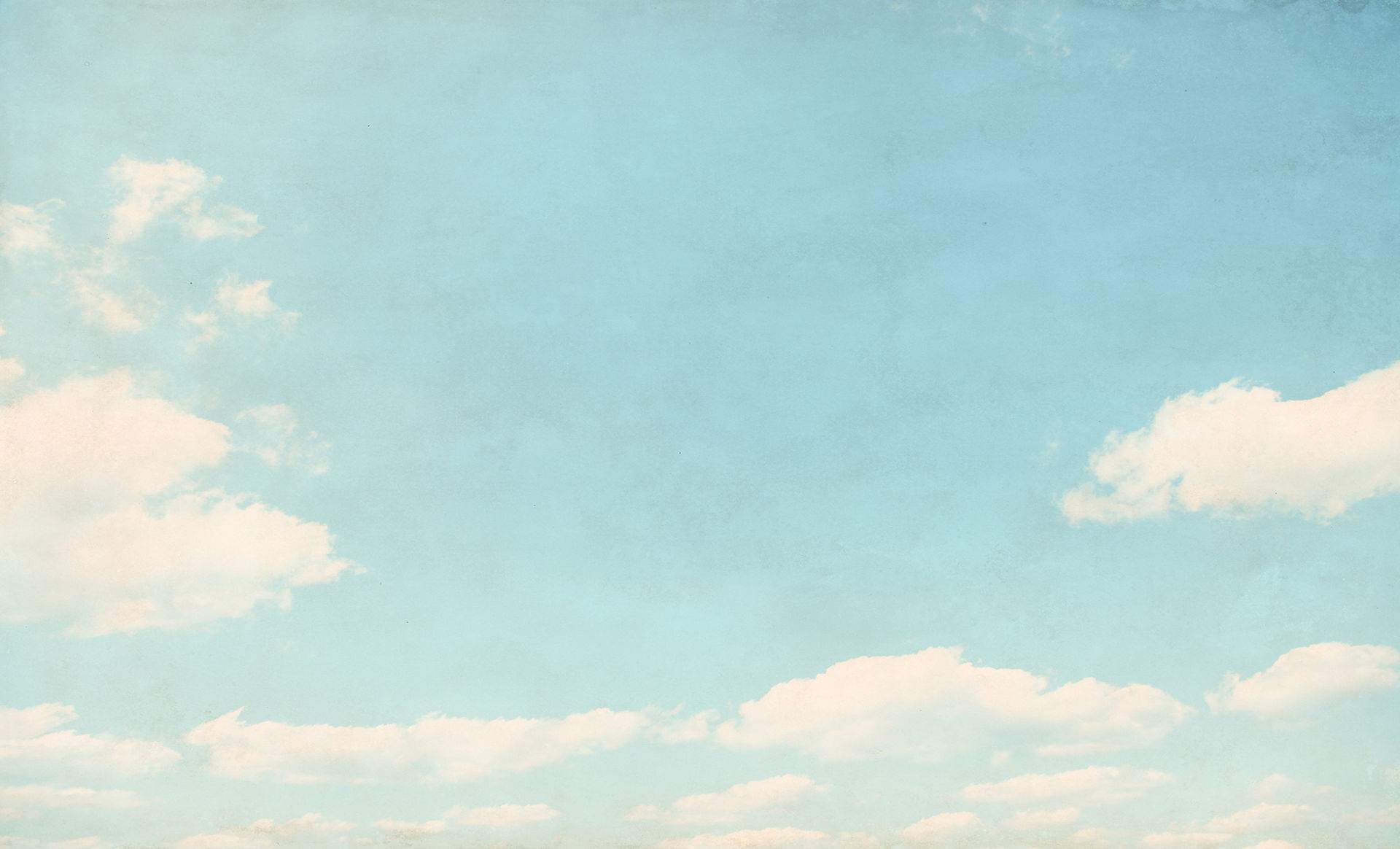
Indigenous Art



Spirit Spouse
In Baule mythology, there is a belief that every person who is born has a spirit husband or wife that they have forgotten. Sometimes, this spirit spouse becomes jealous and makes mischief in the lives of the human husband or wife. When trouble starts, an offering is made to the carved figure, which represents the spirit spouse, to keep her or him quiet and happy.
Male Spirit Spouse Figure (Blolo Bian)
Artist Unknown, African, Baule Peoples Côte D'Ivoire
wood, pigment
1920-1960
Physical Description
Male figured seated on high-backed stool with hands resting on abdomen; symmetrical scarification patterns on cheeks and temples, also down center of forehead and at base of the nose. Coiffure is high crested and segmented. Figure wears sandals and necklace or amulet around neck. Figure has sheen to patina, pigmented deep brown in contrast to stool. Figure has bore hole in back between buttocks.
Subject Matter
Baule men and women have figures like this carved for their “other-world” or spirit spouses in order to please them and ensure they will bring health and good fortune. Above all, spirits require these figures to be beautiful. The spirit determines how he/she should look by revealing him/herself in a dream, either to his/her human spouse, a diviner, or the figure’s carver. This figure’s scarification patterns, placid countenance, coiffure, long neck and robust calves are features of ideal beauty in Baule eyes.
Oracle Figures
Diviners used these oracle figures to determine the guilt or innocence of someone accused of a crime. A diviner would call on the nature spirits by
lubricating a figure with palm oil and rubbing the back of it with a knob or stone. During this process, he would call out the names of people who were
suspected of committing a crime. When the stone got stuck on the oracle figure, the guilty person had been identified!
Friction Oracle (Itombwa)
Artist Unknown, African, Congo (Zaire), Kuba
Physical Description
Carved wood figure of a quadraped, probably a dog. The figure's back is concave and smooth from use. The figure's back was rubbed with a stick, dowel, or cloth to create friction. A small bell or gong hangs from the figure's neck. Details of the face (nose, mouth eyes) are carved in.
Subject Matter
Itombwa are tools used by Kuba ritual specialists to locate the source of problems in the community. By rubbing the figure's back, the diviner learns the answers to questions and can then help develop a solution to the petitioner's specific problem. The itombwa is a cosmogram, a model of the universe. By manipulating the model, the diviner can learn the ultimate causes of different experiences in the world, even when those causes are normally invisible.
http://www.penn.museum/documents/education/penn-museum-africa.pdf
http://quod.lib.umich.edu/m/musart
Exploration
Denver Art Museum
